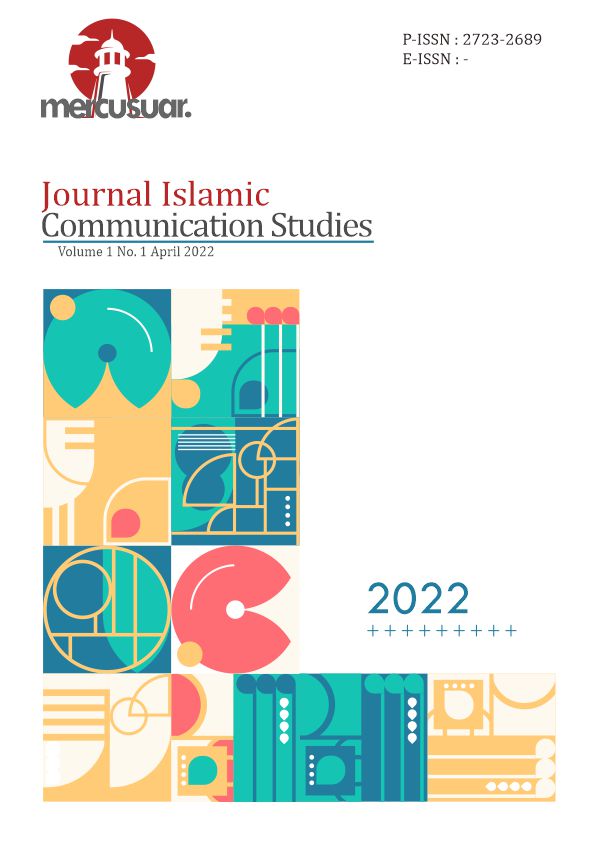Mosehei Wonuai (A Study of the Tolak Bala Ritual in Kolaka from the Perspective of Islam)
Abstract
The purpose of this study is to describe the process and meaning of object messages during Mosehei Wonuai ritual and to analyze the Islamic perspective on the implementation of Mosehei Wonuai tradition in Kolaka. This research is classified as qualitative research with theological, historical, and anthropological approaches. The sources of data for this research are community leaders, customary leaders, and religious leaders. The data collection methods used are observation, interviews, documentation, and reference searches. The data analysis techniques used are categorical data analysis, data reduction, grouping and arranging data, interpreting data, drawing conclusions, and verifying data.
The results of the study show that the Mosehei Wonuai tradition was first held in the 13th century during the reign of King Anakia Larumbalangi. The ritual procession involves several elements, namely, the government, customary leaders, community leaders, and religious leaders. The stages of the implementation include requesting permission from the regent to hold the ritual, cleaning the sacrificial animals, reciting mantras/prayers, symbolically stabbing the sacrificial animal using tankalea, and sacrificing the animal. The philosophical meanings of the objects used during the ritual are as follows: the white buffalo symbolizes sincerity/purity of heart, chicken eggs symbolize the symbol of life which is Allah SWT, candles symbolize enlightenment, white fabric symbolizes a pure/ sincere heart, banana stalks symbolize cooling, and the combination of betel leaves, lime, and betel nuts symbolizes bringing all parties in Kolaka together.
The perspective of religious leaders and religious texts on Mosehei Wonuai has positive aspects as a means of building relationships between the government and the community. However, there are also negative aspects that do not align with Islamic law that need to be corrected, namely the use of mantras and asking permission from spirits/gods. The collaboration of religion and tradition in society can result in three outcomes: 1) conflict between religion and tradition, 2) compromise between religion and tradition, and 3) appearing as hybridity (tolerating some aspects of religion, while following community customs). The relationship between religion and tradition in Indonesia appears as diverse integration, including syncretistic, acculturative, collaborative, and legitimizing.
The implications of the study show that the Mosehei Wonuai tradition cannot be separated from the life of the Kolaka community, especially in Wundulako, which is predominantly Muslim. However, in reality, some communities still have syncretistic beliefs. This is something that needs to be improved with structural and cultural approaches to ensure that the Mosehei Wonuai tradition is still implemented in line with Islamic law.


